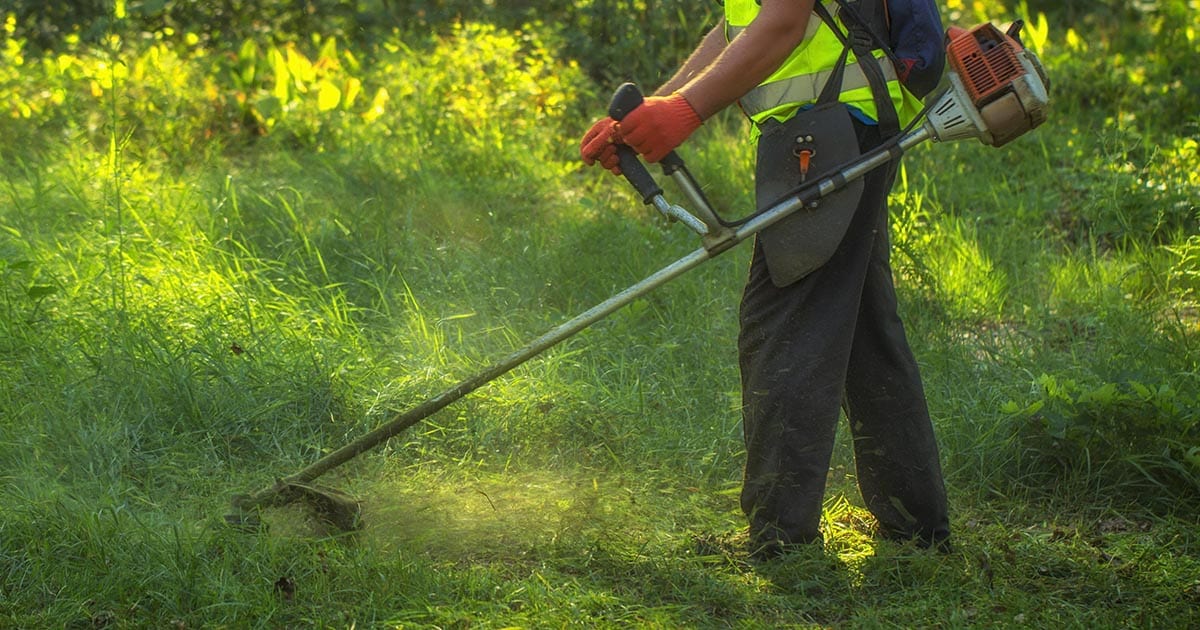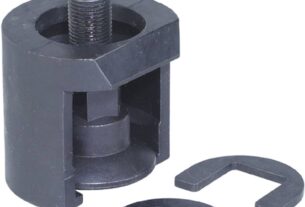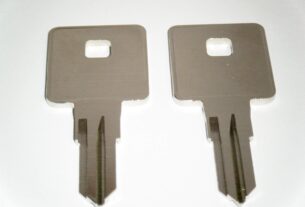Brush cutting is a task that requires the right tools and equipment. Whether you are clearing overgrown weeds or removing brush from your property, having the right equipment can make all the difference in achieving a successful outcome. In this guide, we will explore some of the best tools for cutting brush and what to look for when choosing them.
[h2]Types of Tools for Cutting Brush[/h2]
There are several types of tools available for cutting brush, each with its own unique advantages and disadvantages. Here are some of the most commonly used tools for cutting brush:
[h3]1. Machetes[/h3]
Machetes are long knives that are ideal for clearing small bushes and cutting through thick vegetation. They have a sharp blade that is designed to cut through dense foliage quickly. Machetes come in various shapes and sizes, with some models featuring serrated edges for cutting through tougher materials.
[h3]2. Brush Cutters[/h3]
Brush cutters are powerful machines that are designed to handle heavy-duty brush clearing tasks. These machines use a metal blade or string trimmer head to cut through thick vegetation quickly and efficiently. Brush cutters can be gas-powered or electric and come in various sizes depending on the size of the job.
[h3]3. Chainsaws[/h3]
Chainsaws are another popular tool for cutting brush, especially when dealing with larger trees or thicker branches. They have a motorized chain that rotates around a guide bar, allowing them to cut through wood quickly and easily.
[h3]4. Loppers[/h3]
Loppers are hand-held pruning shears that are designed to cut through thicker branches with ease. They come in various sizes and styles, with some models featuring extendable handles for reaching higher branches.
[h3]5. Hedge Trimmers[/h3]
Hedge trimmers are designed to cut through smaller branches and foliage, making them ideal for shaping hedges and trimming bushes. They come in various styles, with some models featuring rotating blades for easy maneuverability.
[h2]What to Consider When Choosing a Cutting Tool[/h2]
When choosing a tool for cutting brush, there are several factors to consider. Here are some of the most important things to keep in mind:
[h3]1. Size of the Job[/h3]
The size of the job will determine what type of tool you need. For smaller jobs, a machete or lopper may be sufficient, while larger jobs may require a brush cutter or chainsaw.
[h3]2. Type of Vegetation[/h3]
Different tools are better suited for cutting different types of vegetation. For example, a chainsaw is ideal for cutting through thick tree branches, while a hedge trimmer is better suited for trimming small bushes.
[h3]3. Power Source[/h3]
Consider whether you want a gas-powered or electric tool. Gas-powered tools tend to be more powerful but require more maintenance, while electric tools are easier to use and maintain but may not have as much cutting power.
[h3]4. Comfort and Ergonomics[/h3]
Make sure the tool you choose is comfortable to hold and use, with ergonomic features that reduce strain on your hands and arms.
[h2]Benefits of Using the Right Tools for Cutting Brush[/h2]
Using the right tools for cutting brush can make all the difference in achieving a successful outcome. Here are some of the benefits:
[h3]1. Faster Clearing Times[/h3]
The right tools can help you clear brush faster and more efficiently, saving you time and effort.
[h3]2. Better Results[/h3]
Using the right tool for the job can also result in cleaner cuts and better-looking results.
[h3]3. Less Strain on Your Body[/h3]
Tools that are designed for cutting brush can help reduce strain on your hands, arms, and back, making the task easier and more comfortable to perform.
[h2]Conclusion[/h2]
When it comes to cutting brush, having the right tools is essential for achieving a successful outcome. Whether you are clearing overgrown weeds or removing brush from your property, there are plenty of options available to help you get the job done quickly and efficiently.
Remember to consider factors such as the size of the job, type of vegetation, power source, and comfort when choosing a tool for cutting brush. With the right equipment in hand, you’ll be able to tackle any brush-clearing task with ease.
[wikiHow] How to Cut Brush




